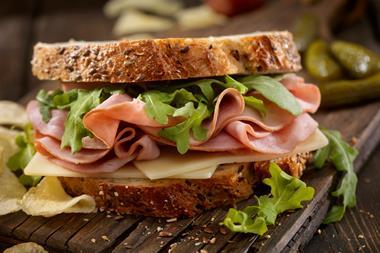Gordon Polson
Director, Federation of Bakers
August is usually known as the silly season in the media with little genuine news. But this summer, the newspaper columns were filled with more sobering stories about wheat prices and food costs and it’s a topic that has been hitting the headlines constantly ever since. The extreme weather conditions in Russia, the world’s third-largest wheat exporter, led to an export ban by mid-August and to wheat prices rising at their fastest rate since 1973.
Predictions on the impact on the price of a loaf have varied wildly since then, from journalists suggesting possible similarities to the 87% price hikes between 1973-1974 to bakery industry experts’ more conservative estimates of around 5p-15p being added to the price of a loaf. A survey conducted by mysupermarket.co.uk in mid-August claimed bread prices had already risen by 18% since 2007. However, on the flip side, the end of August saw a bread price war in supermarkets, which reduced the cost of a basic sliced white loaf.
British millers have already warned that a poor UK wheat harvest, due to high rainfall, means the yield is expected to be smaller and of poorer quality than usual. And in early September, the British Retail Consortium announced that the global spike in food prices was already feeding through to the shops.
Yet it is not just cost that must be considered, but value. Bread contributes significantly to the nutrient intake of the British population, providing 20% of UK adult total dietary fibre intake, for example. It is our job to ensure that consumers still realise that, despite price rises, bread still represents great value for money and is low in cost. We must encourage them to look beyond the headlines and choose bread as a healthy cost-effective staple food.



































No comments yet